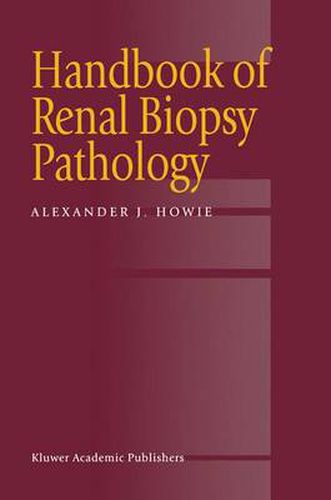Readings Newsletter
Become a Readings Member to make your shopping experience even easier.
Sign in or sign up for free!
You’re not far away from qualifying for FREE standard shipping within Australia
You’ve qualified for FREE standard shipping within Australia
The cart is loading…






This short and clear book has a different approach from others on the pathology of the kidney. Most texts consider each disease separately on the assumption that the diagnosis has been made. This text is more useful in practice and shows how a diagnosis can be given on a renal biopsy specimen when the clinical indication for the biopsy is known. There is guidance on differential diagnosis, with notes on other matters including pathogenesis, prognosis, and where relevant the historical background of common renal disorders. This interesting book will be helpful to pathologists and trainee pathologists who look at renal biopsy specimens, nephrologists, renal transplant surgeons and their trainees who take the specimens, medical students who will be the next generation to take and report the specimens, nurses in nephrology, dialysis and renal transplant units, and pharmacists and others dealing with people with diseases of the kidney.
$9.00 standard shipping within Australia
FREE standard shipping within Australia for orders over $100.00
Express & International shipping calculated at checkout
This short and clear book has a different approach from others on the pathology of the kidney. Most texts consider each disease separately on the assumption that the diagnosis has been made. This text is more useful in practice and shows how a diagnosis can be given on a renal biopsy specimen when the clinical indication for the biopsy is known. There is guidance on differential diagnosis, with notes on other matters including pathogenesis, prognosis, and where relevant the historical background of common renal disorders. This interesting book will be helpful to pathologists and trainee pathologists who look at renal biopsy specimens, nephrologists, renal transplant surgeons and their trainees who take the specimens, medical students who will be the next generation to take and report the specimens, nurses in nephrology, dialysis and renal transplant units, and pharmacists and others dealing with people with diseases of the kidney.